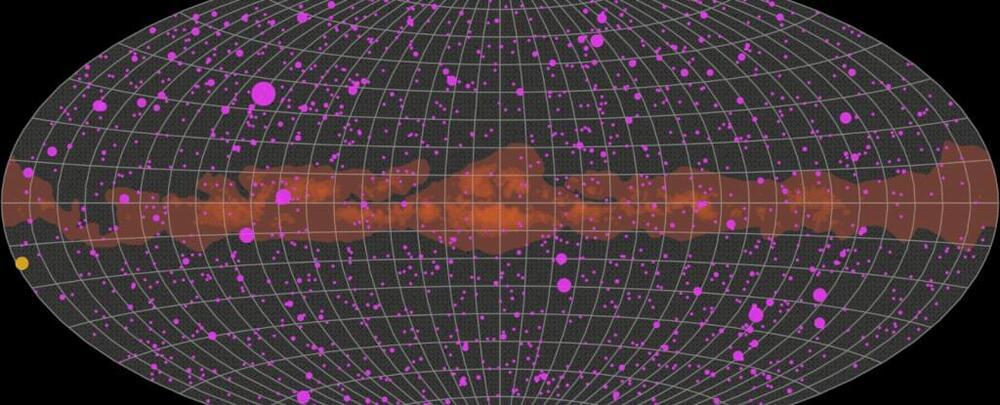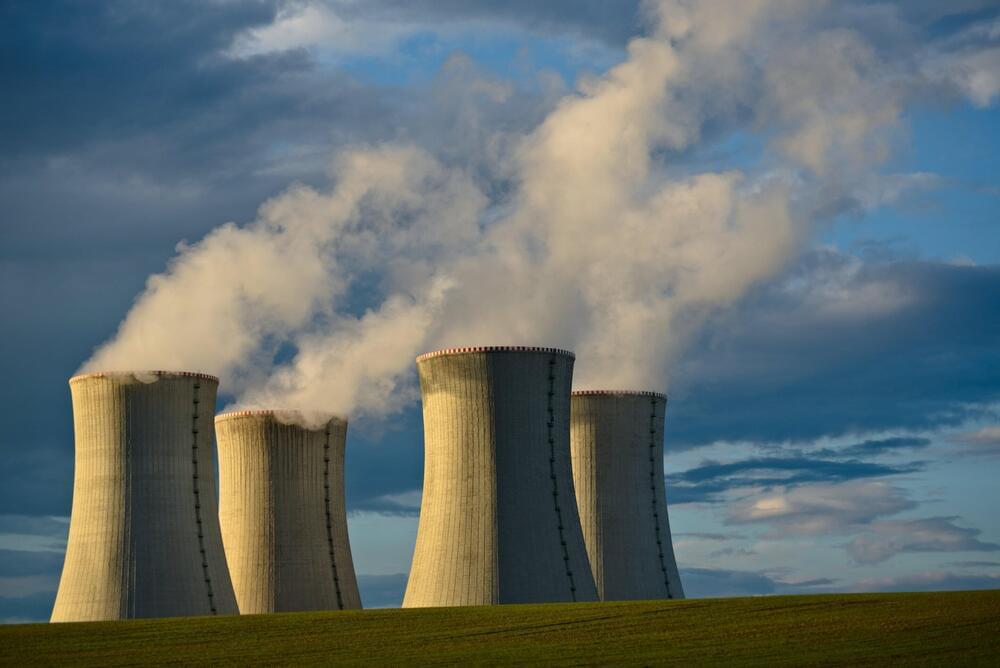“Are we predisposed to religion because it is hardwired in our genes?”
Does a predisposition to’religiosity’ or ‘belief’ provide humanity with survivor advantages? Does that mean there is a God gene?


Data has emerged as one of the world’s greatest resources, underpinning everything from video-recommendation engines and digital banking, to the burgeoning AI revolution. But in a world where data has become increasingly distributed across locations, from databases to data warehouses to data lakes and beyond, combining it all into a compatible format for use in real-time scenarios can be a mammoth undertaking.
For context, applications that don’t require instant, real-time data access can simply combine and process data in batches at fixed intervals. This so-called “batch data processing” can be useful for things like processing monthly sales data. But often, a company will need real-time access to data as it’s created, and this might be pivotal for customer support software that relies on current information about each and every sale, for example.
Elsewhere, ride-hail apps also need to process all manner of data points in order to connect a rider with a driver — this isn’t something that can wait a few days. These kinds of scenarios require what is known as “stream data processing,” where data is collected and combined for real-time access, which is far more complex to configure.


The concept for the CARAPACE yacht is sent straight from the future.
The 78m vessel has been conceptualized to double as a submarine that can dive to 985 feet.
Elena Nappi, an Italian based naval architect, has dreamed up this futuristic vessel.
The hybrid is designed for cruising the high seas and exploring the underwater world with its marine capabilities.

Most of the light streaming through the Universe is invisible to human eyes. Beyond the mid-range wavelengths we can see, there’s a whole cosmos shining in high-and low-energy radiation.
But we humans are clever little animals and have managed to build instruments that can see the light we cannot. One of these is NASA’s Fermi Gamma-ray Space Telescope, an observatory hanging out in low-Earth orbit, monitoring the sky for gamma rays, the highest-energy light in the Universe.
Fermi constantly surveils the entire sky, observing gamma-ray sources and how they change over time, providing astronomers with a map of the various producers of gamma radiation that we can detect. This data is compiled into a catalog that scientists can use to probe the production of gamma radiation.

Russia’s invasion of Ukraine in February 2022 had a profound deep impact on the economy, inflating the prices of energy and food, with detrimental consequences for both individuals and companies worldwide. As a result, many governments, particularly in Europe, have been discussing the possibility of reducing their dependence on Russian energy.
Most of these ongoing discussions specifically focus on fossil fuel energy, leading to the gradual introduction of sanctions for purchasing Russian coal, oil, and gas. However, Russia is also a key global provider of nuclear power, particularly via a state-owned nuclear energy corporation called Rosatom.
Researchers at the Norwegian Institute of International Affairs (NUPI) have recently carried out a study investigating the activity and global portfolio of Rosatom and its subsidiaries. Their findings, published in Nature Energy, highlight the high degree of European dependency on nuclear energy produced by this company, raising important questions about the need to find alternative energy suppliers.


Scientists believe they may have found the secret to living past the age of 100. To some, the thought of living into your hundreds is a dream, while for others, it’s the complete opposite. But it seems that 70 percent of American adults actually want to live to 100, a 2022 poll by Edward Jones and Age Wave of 11,000 people revealed.
Patreon: https://www.patreon.com/daveshap.
GitHub: https://github.com/daveshap.
Cognitive AI Lab Discord: https://discord.gg/yqaBG5rh4j.
Artificial Sentience Reddit: https://www.reddit.com/r/ArtificialSentience/
Heuristic Imperatives Reddit: https://www.reddit.com/r/HeuristicImperatives/
DISCLAIMER: This video is not medical, financial, or legal advice. This is just my personal story and research findings. Always consult a licensed professional.
I work to better myself and the rest of humanity.

The ‘Hawking radiation’ emitted by black holes may be able to carry crucial information, a new study suggests. Scientists may have just found the solution to one of astrophysics most mind-boggling mysteries concerning black holes, also known as the ‘Hawking information paradox’. A study published in the journal Physics Letters B last month offers a resolution to a problem the late physicist Stephen Hawking was working on in his final years.